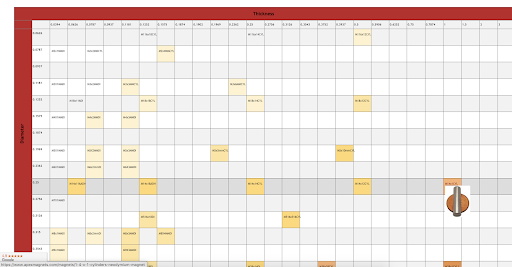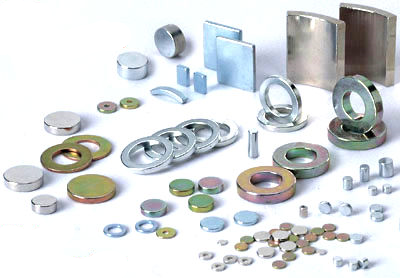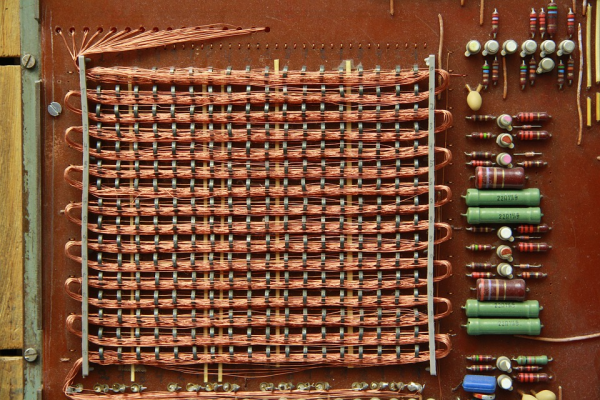Neodymium Magnet Information
-
Preventing Catastrophe: Magnets Used in Breakaway Gas Pumps
It’s well known that magnets are often used to prevent unwanted and unpleasant events like break-ins and car accidents. But what about explosions? If someone goes to a gas station to fill up and gets distracted, they may try to drive away with the gas hose still attached to their tank. This one moment of thoughtlessness can lead to catastrophe. Most gas station owners have at least a few stories of people driving away with the gas pump still attached to their car, sometimes taking the hose right along with them. It’s a common enough occurrence that the industry designs pumps for the situation called breakaways. Traditional breakaway pumps function almost like a lizard tail — separating into two pieces with enough force is applied. However, traditional technology is often designed for single-use, and requires upwards of 350 pounds of pull force to separate for inspection. This shortens service life and increases the business owner’s maintenance costs. Continue reading → -
How to Use Apex Magnets’ Popular Grid Size Feature
Here at Apex, we have a lot of products. While that’s a great thing, we’ve heard your feedback about it being difficult to find the products you need. That’s why we created our popular grid size feature, accessible from the menu bar across the top of the page. Here, you’re able to search all of our popular neodymium magnets in... -
A World First: Wind Turbine Upgraded
For the first time in energy industry history, high-temperature superconductors –– rather than permanent magnets –– are being used in wind turbines. Continue reading → -
How Are Permanent Magnets Being Used To Make A Revolutionary Energy Accelerator?
Brookhaven National Laboratory (BNL) is dedicated to answering basic and applied science questions that range “from the birth of our universe to the sustainable energy technology of tomorrow.” Recently, they announced the construction of a test accelerator they call the “Energy-Recovery Linac,” or CBETA, at Cornell University. The CBETA will reportedly recycle energy by intertwining particle beams through chains of multi-pass permanent magnets in a Halbach array, which augments the magnetic field on one side and cancels the opposite field to near zero. This would revolutionize accelerator science, helping to reduce both cost and size, and fusing the best traits of linear and circular accelerators. Continue reading → -
Tiny Magnets: What are They Good for?
Most of the magnets we encounter on a regular basis –– like the ones on our kitchen refrigerators and office whiteboards –– are extremely manageable and easy to use. They fit comfortably in our hands and typically don’t have enough strength to cause injury. However, there are even smaller magnets available with more power than you might think. While their size and strength might make them more complicated to handle, they are invaluable for certain applications. Continue reading → -
The Differences in N-Ratings for Neodymium Magnets
Every type of rare earth magnet, whether neodymium, AlNiCo, or something else, has its own alphanumerical system for classifying strength. Each one is unique, and there’s no simple formula for translating a system from one magnet type into the system for another. Continue reading → -
The Advantages and Disadvantages of Different Magnets
When you imagine the contrast in magnetic strength between the business card magnet on your refrigerator and something like a rattlesnake egg, it’s clear that not all magnets are equal. For an industrial application, choosing the correct magnet is crucial to the proper function and efficacy of that application. Continue reading → -
Please Return Your Magnets to their Full, Upright Position
Air travel can be a real headache. Before even taking off, there are so many steps to complete and account for. Gathering boarding passes, getting through security, finding the right terminal, and waiting at the gate all add up to a rather hectic and draining experience. On top of all this, Earth’s magnetic field is creating a new problem for runways around the world. Continue reading → -
2016 Magnet News Round-Up
2016 has certainly been a newsworthy year, and magnetism didn’t miss out. It seemed like every time we turned around, magnets were popping up somewhere in the world (or galaxy). So as the year draws to an end, we thought we’d take a look back on some of the most exciting and interesting pieces of magnetic news. Continue reading → -
Make the Most of Your Magnets
We’ve been there: You’re perusing Pinterest or browsing blogs when you catch a project that you absolutely must make. Maybe you even saw it on our magnet blog! You hit the purchase button to get all the supplies you need and a few days later, a box arrives at your door. It’s time to jump right in and make the gorgeous, Instagram-ready project you’ve been dreaming of, right? Hold on there, sailor, because we’ve got some news for you: While your magnets can be useful and educational, they also have a few limitations. If you find yourself making any of these magnet mistakes, you may actually damage your magnets. Continue reading →










